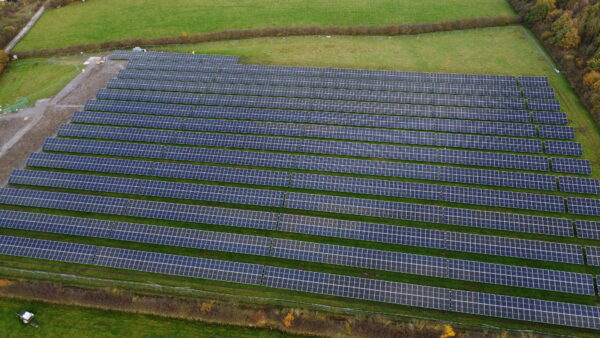In an ever-changing global landscape, governments are grappling with a myriad of challenges. These range from supporting aging populations and financing the shift to green energy and increased defence spending, to managing substantial debts. Each country faces its unique set of issues, but a universal factor ties them all together: the critical need for economic growth fuelled by financing.
Central to this growth is the provision of energy that is both affordable and reliable. As we look towards 2050, energy demand is projected to rise significantly, driven by a global economy expected to double in size and a population increase of 2 billion. This growth will be most pronounced in emerging markets, presenting a complex challenge in the energy transition process.
The shift from a fossil fuel-dominated energy system to one centred on low-carbon sources is imperative. However, this transition must be balanced with the need to keep energy both affordable and secure for everyone. While the focus has predominantly been on the supply side, with governments and energy companies working to enhance low-carbon energy sources and improve transmission infrastructure, we are still far from achieving our climate objectives.
A less discussed but equally important aspect is energy demand. This is an area where everyone – individuals, businesses, and governments – can make a significant impact. By reducing energy intensity (the amount of energy used per unit of gross domestic product), we can achieve more with less. However, current efforts are insufficient. The International Energy Agency suggests that to meet net-zero targets by 2050, global energy intensity needs to improve by over 4% annually until 2030, and nearly 3% each year thereafter. Last year, we only achieved a 1.3% improvement.
Despite numerous companies striving to bridge this gap, more action is needed from both the business sector and governments. Over 130 of the world’s largest businesses are now intensifying their efforts. At the upcoming Davos meeting, we will explore three key strategies to reduce energy demand intensity. Firstly, we must identify ways to conserve energy, such as employing AI in heating, ventilation, and air conditioning systems to potentially reduce consumption by 25%.
Secondly, enhancing energy efficiency is crucial. This involves using less energy for the same tasks or outputs. For example, retrofitting buildings can cut energy use by up to 45%.
Lastly, we need to foster collaborations across value chains, encouraging different businesses to work together for systemic energy changes. An example of this is the recovery of heat from industrial processes, which can reduce energy consumption by about 25%, as demonstrated in Sweden’s sulfuric acid production.
For businesses, the benefits of these actions are clear. Redirecting previously wasted energy towards more productive uses can reduce overall energy consumption without impacting output. This leads to lower costs, increased profitability, and enhanced competitiveness. In essence, it means less energy demand and expenditure, but greater productivity. By leveraging existing technologies, we can reduce current energy usage by up to a third without reducing output. Achieving this by 2030 could save up to $2 trillion annually at current energy prices, with a payback period within a decade.
However, this potential remains largely untapped. Companies often lack awareness of what they can achieve and are uncertain about the expected payback period. To capitalize on these opportunities, governments must develop comprehensive national energy transition plans that give equal weight to demand-side actions. The groundwork has been laid, with over 120 countries at COP28 committing to double the rate of energy efficiency improvement by 2030. Now, it’s time to transform these commitments into tangible actions. Without actionable transition plans, these goals will remain unfulfilled.
Businesses, in collaboration with governments, play a pivotal role in supporting and realizing these plans. They should be motivated to assess their current energy usage, explore best practices, and partner with both public and private sectors to address barriers to action. By doing so, we can decrease energy intensity and foster faster economic growth, both of which are essential to achieving the Paris climate goals.






